Munich is, without a doubt, the most beautiful city in Germany (I might be slightly biased 😉). And yet, other beautiful places in Germany and surrounding countries beckon! If you are wondering what else there is to see, check out this post.
These are all multi-day itineraries. I’ve also got a list of day trips from Munich as well as details on how to visit the Romantic Road & Neuschwanstein or Berchtesgaden, Obersalzberg & Eagle’s Nest on your own. Are you wondering how to travel in Germany at all? Read my overview.
Itineraries Within Germany
German Contrasts – German Cities by Train
Germany has many faces and cultures. This itinerary allows you to experience several of them. All cities are connected by train. You can start the tour wherever you like and modify per your requirements. Frankfurt is a great starting point as well if that’s your arrival airport. I will start in Munich because that’s where I live. 😉
Start in Munich – the most beautiful city in the world! 😊 Spend a few days here, check out the main sights, take a food tour with me, perhaps head out to the mountains.
Catch a train to Berlin (4-5 hours, depending on the routing) to visit the old Prussian capital. Explore the western and eastern part of the city, which are very different. If you can do without live commentary and want to experience the typical charm of Berlin’s bus drivers (ahem!), buy a day ticket and ride the no. 100 bus. It travels between Bahnhof Zoo in the West and Alexanderplatz in the East.
If you have an extra day, visit Potsdam. Just a short S-Bahn ride from central Berlin, it feels like a different world. Check out the Museum Barberini, explore the Dutch Quarter and keep an eye open for celebrities. My dad and I once ran into Günther Jauch, the host of Germany’s Who Wants to be a Millionaire.
Another good day trip is from Berlin to Dresden, which has been beautifully rebuilt. Trains take about two hours. Of course, there are lots of things to see in and around Dresden so you could extend your stay. For instance, Meissen is a pretty town and home to the famous porcelain factory. There are also lovely castles along the river Elbe that you can visit.

From Berlin, you can reach Hamburg in just 2.5 hours. Hamburg looks back on a centuries-long history of sea trading and (at least in Germany) is as well-known for its Elbphilharmonie concert venue as for its red-light district. Check out the Speicherstadt, take a boat tour around the harbour and climb the tower of the Alter Michel (St. Michael’s church).
Our next stop, Cologne (Köln), is about 4 hours from Hamburg. You could also get there on a non-stop train from Berlin in 4-5 hours. Cologne is famous for its cathedral (still unfinished after 632 years of construction 😵💫), for its breweries and its nightlife.
Note: There is an ongoing rivalry between Cologne and Dusseldorf. Locals will tell you that you cannot possibly love both.
If you are a train buff, you will want to take the high-speed train from Cologne to Frankfurt. This is one of the routes on which the train reaches a speed of 300 kph (just under 190 mph) and completes its journey in an hour; just make sure you book a train with few stops. Alternatively, you could book an IC train that travels along the river Rhine. This is a slower, but highly scenic route.
The fast train continues to Munich. On the slow train, you will probably have to change trains along the way. Or you travel to Mannheim and Heidelberg to follow the „Romantic Southern Germany“ itinerary below. ⬇️
Romantic Southern Germany – Frankfurt to Munich
Fly into Frankfurt, then stay in the city if you must. 😉 Seriously, Frankfurt, in my opinion, is not Germany’s most beautiful or interesting city. It does have a few very good museums, however, and on a hot day, it’s nice to hang out by the river. Just make sure to avoid the area around the main station.
If possible, head south instead and make Heidelberg your first base. Two full days should be enough to explore the city and castle.
From Heidelberg, catch a train to Heilbronn (which I think is nice enough to warrant a short walk around the city, though every local I’ve met seems to disagree) and another one to Schwäbisch Hall. This is a very pretty, medieval small town with lots of half-timbered houses, amazing buildings, a chill beer garden by the river and excellent restaurants.
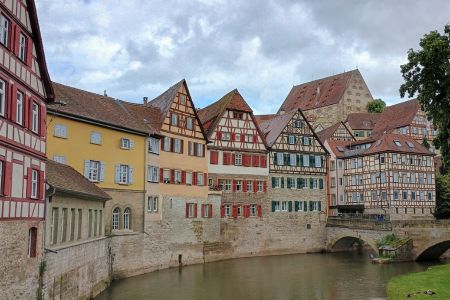
If you are into art, there are some unexpected gems. You may have heard the name Würth. Mr Würth runs a global industrial corporation headquartered in nearby Künzelsau. He is also an art lover who has built several museums in the area, notably the Würth Kunsthalle in Schwäbisch Hall and Museum Würth/Museum Würth 2 in Künzelsau. All show excellent art and are free to visit.
From Schwäbisch Hall, catch a train to Nuremberg. Nuremberg is a great base to explore small towns such as Bayreuth (where the Wagner Opera Festival is held every year), Bamberg and Rothenburg ob der Tauber. Each of these would be a leisurely day trip, though with an early start, you should be able to visit Bayreuth and Bamberg in one day.
From Rothenburg, you could continue along the Romantic Road to Neuschwanstein castle.
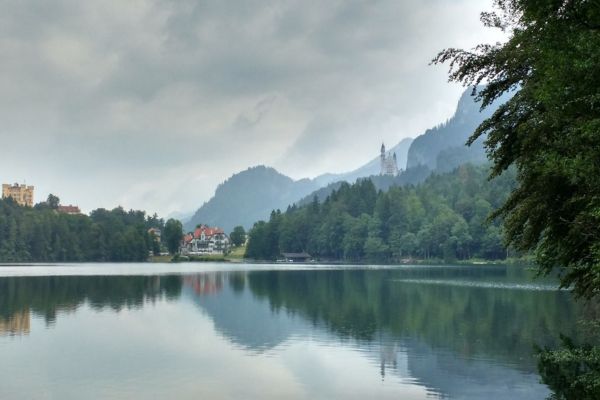
From Nuremberg, you can reach Munich within one to two hours, depending on the type of train you take.
Once you’re done exploring Munich, consider taking one of my suggested day trips from Munich, or travel onwards per the itineraries below.
International Itineraries
Go East I – Munich to Budapest
From Munich, catch a 2-hour train to Salzburg, just across the Austrian border. Salzburg is a beautiful town in which you can easily spend a day or three. It’s also a great gateway to visiting the Eagle’s Nest and Obersalzberg (both of which are back across the border in Germany), or for a taking a „The Sound of Music“ tour.
Another two hours on the train will get you to Vienna, where you can admire more beautiful architecture, imperial palaces and art museums, or line up for a table at one of the famous coffeehouses. (Psst … many people say that the famous Sachertorte as served by Hotel Sacher is actually a bit too dry, and that you can find better versions elsewhere. It’s really „just“ a chocolate cake.) If you can’t make it all the way to Budapest, the Slovak capital Bratislava is just a short train or boat ride away.
Budapest of course used to be part of the Austro-Hungarian Empire, and it still shows in the architecture. At the same time, you can still sense the country’s more recent communist past in the somewhat run-down buildings. Budapest is really two distinct places, Buda and Pest, so make sure you take a guided tour for a full understanding. Take in the views from the Fisherman’s Bastion, enjoy goulash …
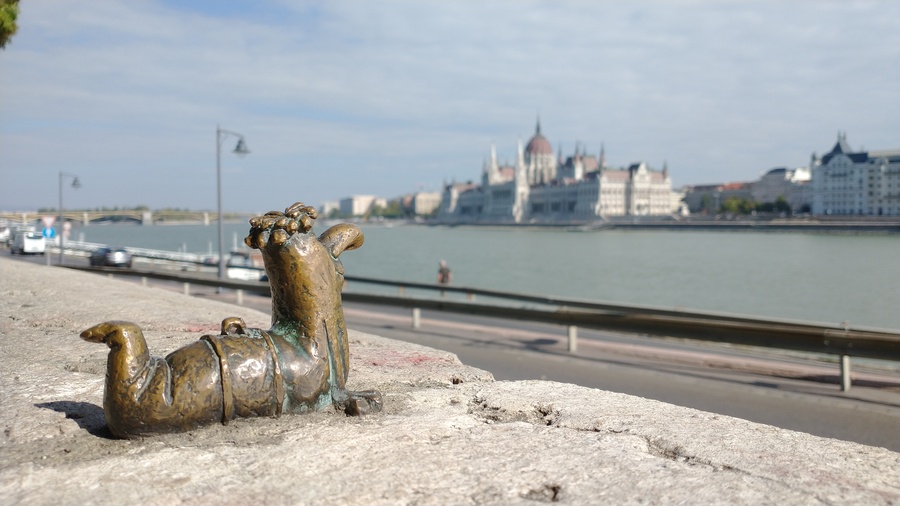
Of the four cities in this itinerary, Budapest is the cheapest. (The photo at the very top of this article? That was taken by Daniel Dorko during a photo shoot at the Fisherman’s Bastion. He is now based in Paris.)
There are frequent river cruises between Germany and Budapest as well. You will have to travel to the embarkation point along the Danube. Munich’s Isar river, which drains into the Danube, is too shallow for navigation.
Go East II – Munich to Gdansk
I’ll be the first to admit that it’s a long way to travel from Munich to Poland. But it’s doable.
There is a night train from Munich to Warsaw. You could also travel to Salzburg and/or Vienna first per the itinerary above, and then continue from there. Or go straight to Krakow for a few days and enjoy the sights there. Krakow is near the Auschwitz Memorial too, which can be visited on a day trip. A lighter half-day excursion is to the salt works of Wielicka.
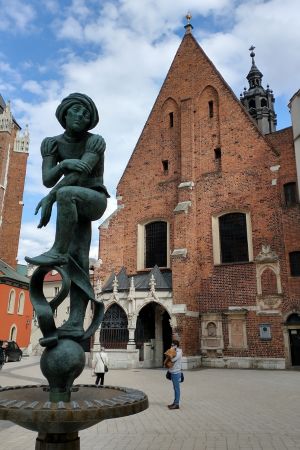
On to Warsaw, where I personally have never been. I’ve heard everything from „exciting and great food“ to „another boring capital city“.
On your way to Gdansk, you could stop off in Malbork to visit the Teutonic Knights castle from the 14th century, a huge complex that is one of the most popular sights in Poland. Gdansk itself doesn’t disappoint, boasting lots of history and sights (though beware that the city was almost completely destroyed and had to be rebuilt).
Heading west, you could stop off in Poznan, Wrozlaw and/or Szczecin before heading to Berlin. Or, from Warsaw, venture east into the Baltic states. The latter route is served by buses instead of trains.
La Dolce Vita – Munich to Italy
Except when there is construction on the line, several Eurocity, Railjet and Nightjet passenger trains run between Munich and Italy each day. Final destinations include Ancona, Bologna, Milan, Rome, Venice and Verona. Italy has an excellent train network that takes you across the country. There is also a night train from Rome to Palermo, Sicily, that includes a ferry crossing.
The long-distance fast trains in Italy are operated by Trenitalia (the national carrier) and Italotren. The latter is usually cheaper, but departures are less frequent.
A possible itinerary:
From Munich, catch any Italy-bound long-distance train to Bolzano/Bozen in South Tyrol (Alto Adige) to enjoy the cuisine and mountain views. Depending on the season, you could also go up into the Dolomite mountains to ski or hike. Regardless of where in Italy you want to go, I would suggest taking this trip by day train because the scenery is just amazing.
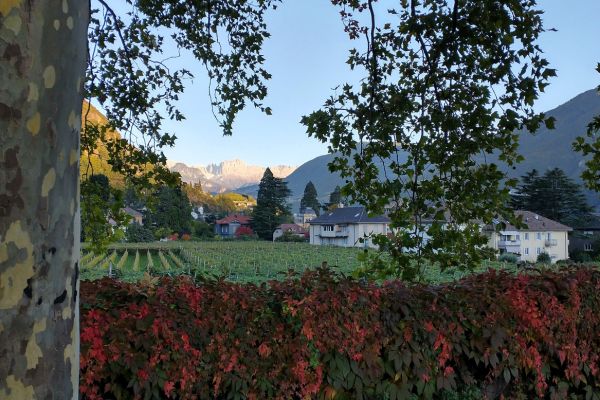
Next, catch a train to Venice. Of course, beautiful Venice! Just remember it gets insanely crowded and you might have to pay an access fee. There are good audio tours available for download on the Rick Steves website.
Make sure to visit the islands of Murano and Burano. Murano has the famous glassblowers. I personally found Burano with its colourful buildings more interesting.
Better yet, head to Trieste for at least a day. I also loved the area around Udine.
Padova, I’m told, is also amazing.
From Venice, move on to Bologna. This is the hometown of spaghetti Bolognese, though trust me, the dish will be like nothing you know. Bologna is known for its excellent food – its nickname is „La Grassa“, the fat one. It’s also a lovely and relaxed place to walk around in between meals.
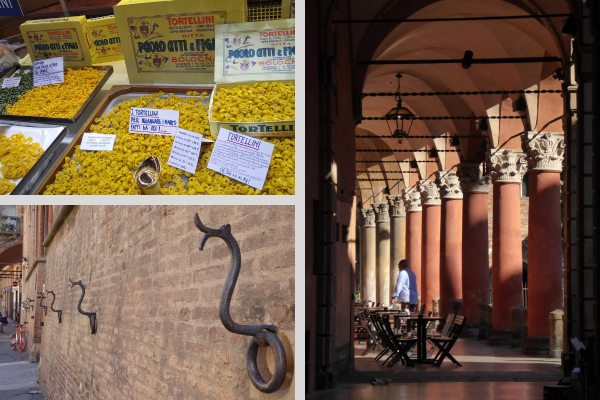
For more food, take side trips to Parma (ham) and Modena (balsamic vinegar).
Next up, Florence. No words needed. Gorgeous place. Much more touristy than Bologna, though. I took a guided e-bike tour into the hills with Gabriele from Florent – excellent trip. Siena and San Gimignano make for beautiful day trips.
Rome is next on our list. Even if history is not your thing, do take a guided tour of the Colosseum (I had an excellent experience with Roma Eat; they also do great food tours) and/or a guided bike tour on the Via Appia Antica.
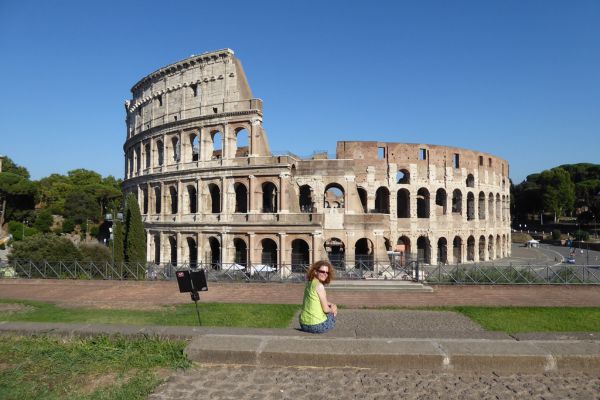
One of my personal favourites in Italy is Naples. It was actually founded by the ancient Greeks! Nea polis = new town. The city is now (quite) safe, with great food, friendly people and amazing day trips to Pompeii, Herculaneum and the Amalfi Coast, to name but a few.
You could go further down south from Naples, into the heel or the toe of Italy, and even to Sicily …
The West of Europe – Munich to Madrid
On this route, you can cover substantial distance with relatively few changes. Each interchange makes for a great stop in itself!
From Munich, catch and early train (ICE or TGV) to get to Paris shortly after noon. Once you have arrived there, spend as many days as you like to enjoy the museums, food and architecture. (If you choose to continue your journey on the same day, note that you will have to get to another station. Allow plenty of time, meaning several hours. You will have to find your way around your arrival station, get a metro ticket or taxi, make it to your connecting station, and then find your way around there. All of this takes much longer than you might expect.)
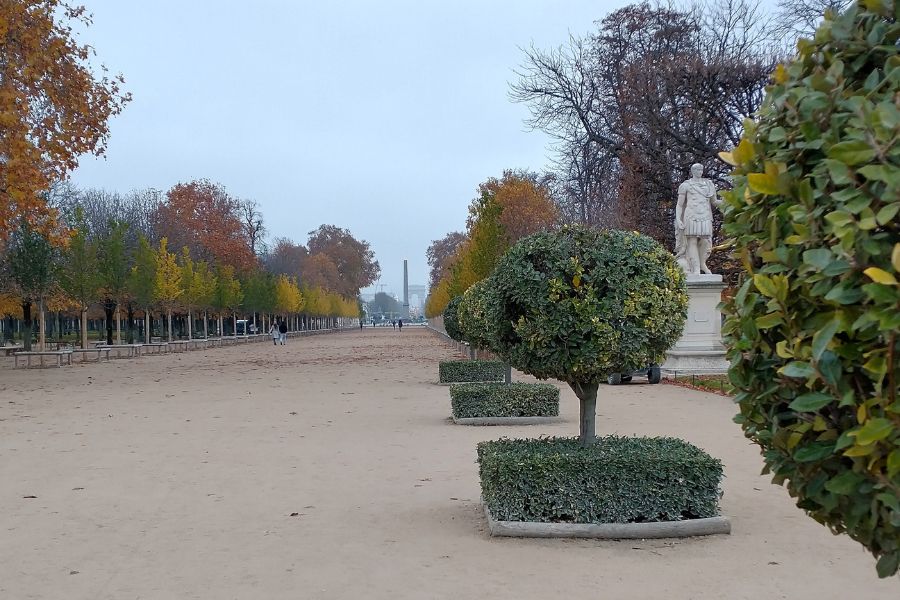
On your departure day, grab a fresh baguette de tradition from a local bakery as well as some French cheese cold cuts from a cheesemonger or just a supermarket. I’ve often found amazing cheeses in Monoprix for very little money. Equipped with such travel rations, board a train to Barcelona from Gare de Lyon and enjoy a six-hour ride through the countryside. It’s not too interesting the first hour or so out of Paris, but the south of France is beautiful.
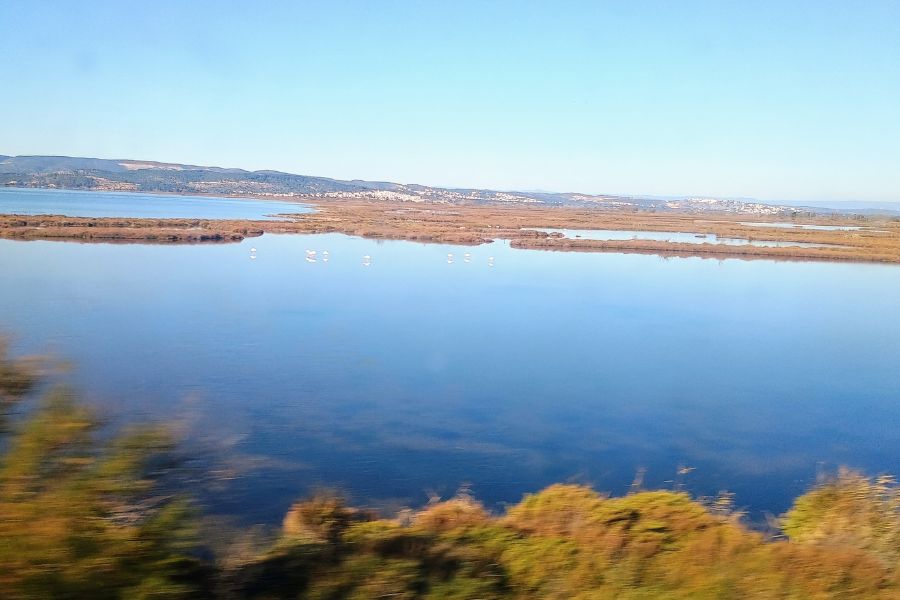
Barcelona has many, many sights, especially if you are into Modernist architecture. It also gives access to fabulous beaches, the famouns Montserrat monastery, and smaller towns inland and along the coast, such as Girona. The city has a pleasant climate in winter and is much more enjoyable off-season – fewer visitors also means the locals are more relaxed.
To continue your journey, it’s a quick hop to Madrid’s Atocha station on the AVE train. Since the Spanish train system is very centralised, Madrid is a hub for getting almost anywhere in Spain by train, including the San Sebastian area, Andalucia, or the hidden gem of Galicia (Santiago de Compostela).
You could even continue to Morocco: a train to Algeciras, followed by a ferry to Tangier.
Resources for Train Travel in Europe
The Man in Seat 61 is an excellent resource for information about train travel across Europe and beyond. The owner is UK-based, so his itineraries start there. Because he covers so many countries, information may not always be 100 % up-to-date – Europe’s train companies change their schedules twice a year and may drop or add lines.
Most of Germany’s long-distance trains are rub by DB (Deutsche Bahn). The DB website and DB Navigator app are surprisingly good for finding and booking connections even beyond Germany. It let me book a ticket from Barcelona Munich with an overnight in Paris, when the actual operators, SNCF and Renfe, didn’t even show me the connection I was looking for!
I have a separate article on how to travel in Germany with more information on how to get around, where to stay, etc.
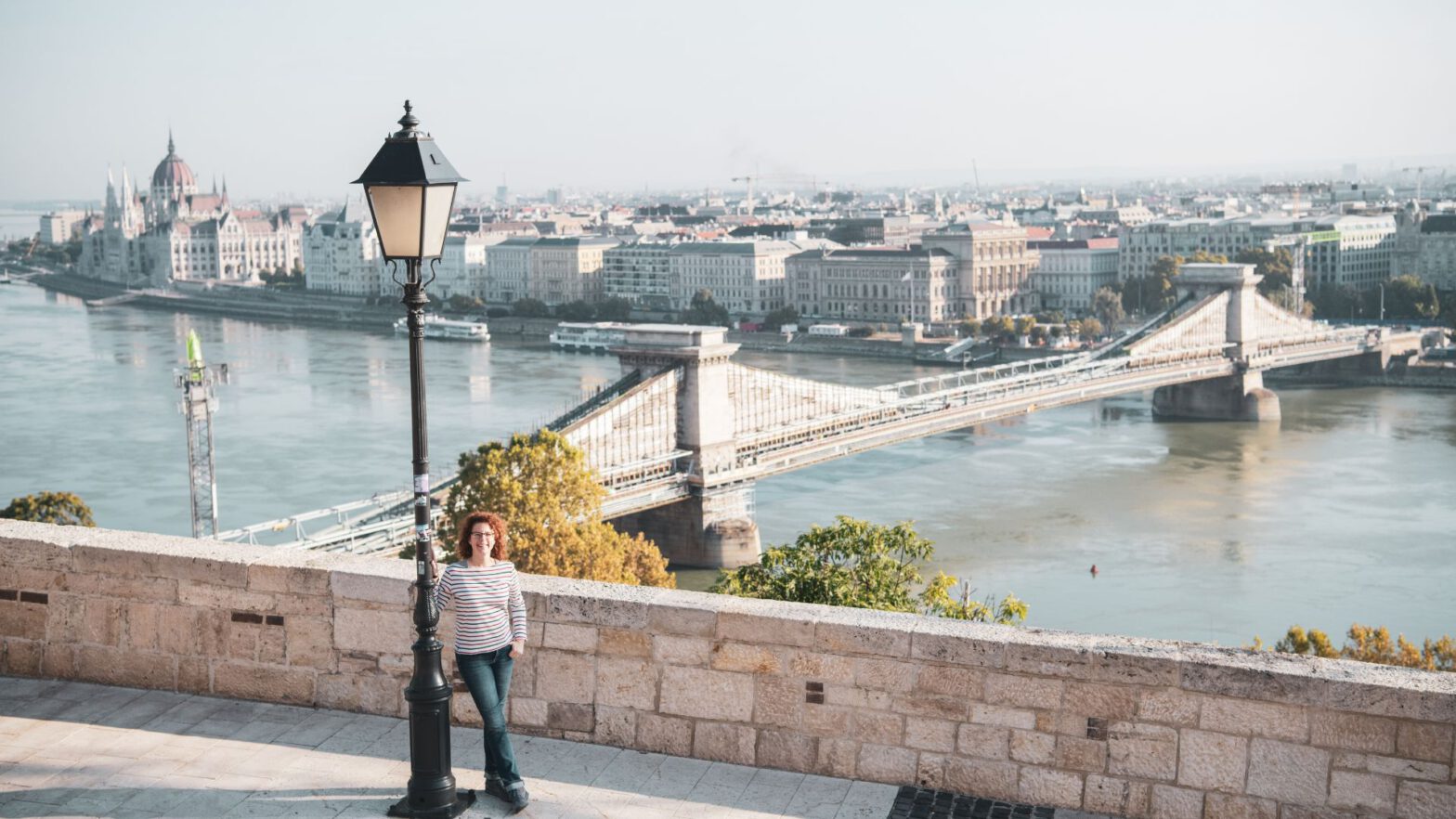
Ein Kommentar